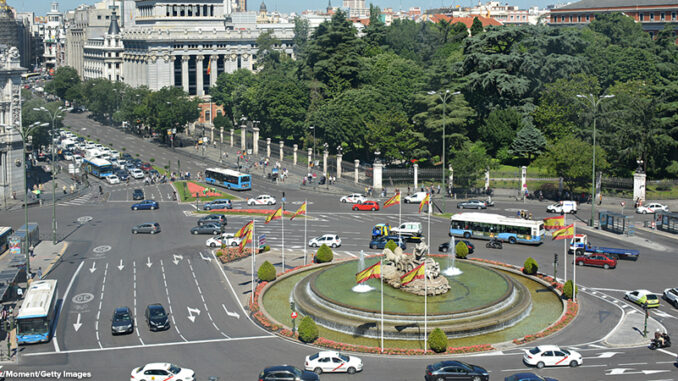
If you’ve ever been lucky enough to visit a foreign country, you know how confusing it sometimes can be to try to figure out an unfamiliar place. Among other things, food and money are probably different from what you’re used to. You might not speak the language or be familiar with common customs of the area. And one thing that is almost always a challenge in another country is driving. In Scotland, poor driving by confused tourists has become such a problem that a local hotel owner has come up with an inventive solution.
Too Much Tourism?
While a healthy tourism industry is usually a good thing for a country, it can also present some challenges. Scotland has seen a drastic uptick in tourism in recent years, and the country is struggling to keep up with it. One negative impact of the influx of tourists can be seen on the roads. In May, Transport Scotland reported that the number of crashes involving tourists who were driving on the wrong side of the road was up 46 percent in one year alone. And these crashes are often serious. For example, Scotland’s longest road is the A9. It is difficult to drive because it changes frequently from a single-lane highway to multi-lane. In the past decade, there have been almost fifty deaths here.
A Creative Solution
A Scottish hotel owner named Robert Marshall was inspired to do something about this problem after he took a trip to Spain, when he had to drive on the opposite side of the road than he was used to. He couldn’t read the road signs, and all of the controls and dials in the car were in different places. As he tried to figure it all out, he was angering the local drivers. The stress of the experience inspired him to try to take action to make the experience of driving easier for tourists.
Marshall’s solution is simple but brilliant: the “tourism plate,” or “T-plate.” The T-plate is an easily-removable sticker that tourists can put on their cars. The sticker is a white square with a big green “T” in the middle and the word “Tourist” written underneath it. The idea behind it is that local drivers will see the sticker and give out-of-town drivers more space, patience, and grace on the road. This will hopefully improve safety (both for tourists and locals) and provide a better, less stressful driving experience for everyone.
Does It Work?
The stickers aren’t officially approved yet by Scotland’s government, but they’re just as legal as any other bumper sticker you’d like to put on your car. Marshall receives orders from all over the world, and he makes and distributes the stickers himself. He says that tourists report positive experiences with them. When other drivers see the sticker, they tend to hang back and give tourists more room on the road.
Buying a T Plate sticker has another benefit as well: it supports a great local cause. Stickers cost about ten pounds (roughly $13.50). For every sticker that’s sold, ten percent of the cost is donated to the Scottish Charity Air Ambulance: the only charity air ambulance in the country.
